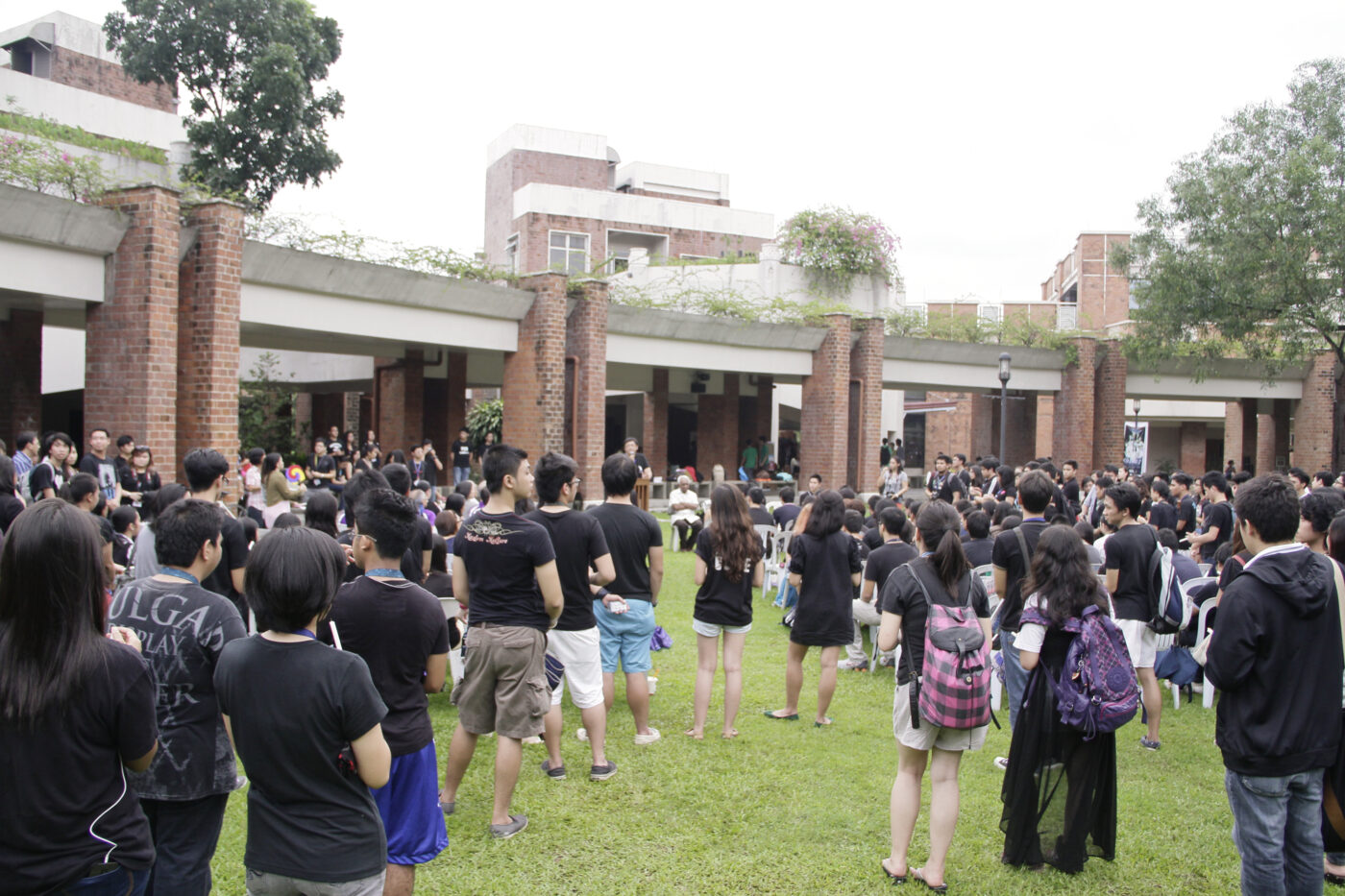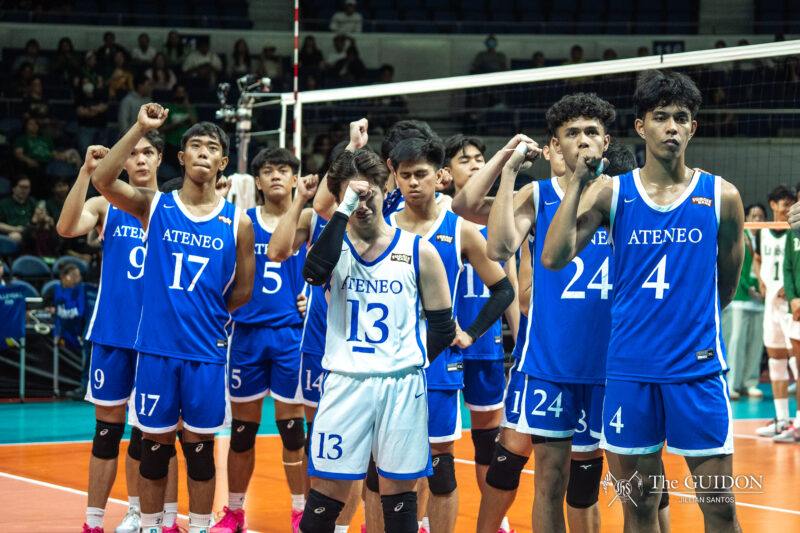A SENSE of lawlessness continues to rise in Zamboanga City as the murder count recently reached 250 deaths. The toll hit 250 after Ateneo de Zamboanga University (ADZU) alumnus Justine Raphael “Jad” Wee was murdered on June 22, 2013. At around the same time as Wee’s death were the abductions of Western Mindanao State University Professor Al Rojas and sisters Linda and Nadjoua Bansil of ADZU. Today, the toll indicates that at least one person has been killed every two days since 2012. Most of these cases occur in public and remain unresolved. Authorities have cited personal and family feuds as the cause of violence in the city, where hired killing is a thriving business. “Since time immemorial, [Zamboangeños] who have the means to carry out lawless acts have thrived and succeeded,” Gio Mangaya-ay, an ADZU graduate and close friend of Wee, explained. “We may go about our businesses like nothing’s wrong, but that’s what Jad did and he was shot point blank in broad daylight.”
State of affairs
Although the local government gives logistical support to the military and police, they are constantly outsmarted, according to Atty. Mel Sadain, a Zamboanga City councilor. Despite establishing Barangay Intelligence Network units, he admitted that the efforts are not enough and that solutions lie primarily in the hands of the police. “The criminals [have] developed a sense of impunity due to the inability of the police authorities to bring them to the bars of justice,” said Sadain. In light of 40 unresolved killings, newly installed Mayor Beng Climaco-Salazar had Senior Superintendent Erwin de Ocampo replaced, according to the Philippine Daily Inquirer. According to Sadain, Salazar ordered police authorities to become more proactive in crime prevention when she assumed office on June 30. “I would opine that she recognizes the problem and is sincere enough to look for preventive measures,” Sadain said, noting that the previous administration had treated the incidents as “isolated.” Sadain also appealed to citizens to cooperate with government efforts. “It is also very unfortunate that potential witnesses to the crimes refuse and [are] hesitant to cooperate with the authorities in giving out information they know,” he explained, stressing that such information is vital to investigations.
Gathering people
Other Zamboangeños, however, continue to demand for justice. On July 5, the current City Council held a dialogue with Zamboangeños Against Violence, a mobilization effort that started online. The group aims to raise awareness regarding the violent incidents in the city as well as record citizen opinion through statistics and posts on the site. Erwin Montojo, one of the Facebook page administrators, said that for the dialogue, they sought to present “the people’s security agenda: concrete and actionable recommendations to help put an end to the violence.” Montojo added that they plan to set success indicators and suggest structures for citizen empowerment. “We will propose a Citizens’ Council for Peace and Security peopled by sectoral representatives to engage the government on the issue,” he said. The group’s Facebook page also serves as a platform for citizens to voice opinions and suggestions. “It’s important to break the silence, to create the noise that this issue needs,” said Mangaya-ay. “The citizens should express their dissatisfaction more. It’s impossible to say that these protests will stop the killings entirely, but what we can do is to pressure those in position to notice the plight of the people and to do their jobs,” Mangaya-ay added. Montojo calls on citizens to help by volunteering their expertise, be it in law and prosecution, security or negotiations. “They could also begin to organize into sectors, choose their leaders and coordinate with us for eventual representation in a hoped-for people’s peace and security council,” he said.
Atenean efforts
In light of recent events, some of the 40 or so Ateneo de Manila students who hail from Zamboanga have expressed concern for their family and friends. “My family is quite wary about the situation, especially my mom,” said Diane Lim, an information design sophomore. “I don’t like how it has affected her. She can’t sleep well unless all the doors are locked twice.” However, the Zamboangans are not alone in their struggle. Recently, the awareness campaign has expanded to other Jesuit schools. On June 30, the Sanggunian issued a statement condemning the killings and appealing to the local government for justice. “The Sanggunian asserts that the right to feel secure in one’s community be given to the citizens of Zamboanga City,” their stand read. In addition to the statement, the Sanggunian organized and held a prayer vigil last July 4 at the SEC Field, with at least a hundred in attendance. “When I saw the Sanggunian’s posts [and] people who made them display photos on my newsfeed, my heart really dropped because I was surprised,” said Lim. “It really makes me happy to know that despite the lack of attention we get [elsewhere], we still get noticed [here]. Somebody still cares despite the distance.”




